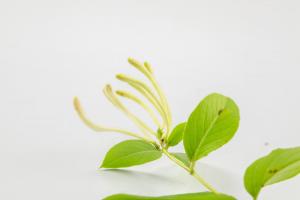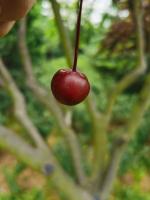Introduction
Potted plants are a great way to bring life and color to your indoor space, but they also need to spend time outside to stay healthy. It's important to know when to put potted plants back outside so they can thrive and continue to add beauty to your home.
Consider the Type of Plant
The first thing to consider when deciding when to put your potted plants back outside is what type of plant they are. Some plants, such as succulents and tropical plants, cannot tolerate cold temperatures and should only be put outside when the weather is consistently warm. Other plants, like herbs and annuals, can tolerate cooler temperatures and can be put outside earlier in the spring.
Watch the Weather
Before putting your potted plants back outside, it's important to pay attention to the weather. If there are still frost or freeze warnings in your area, it might be best to wait a bit longer before moving your plants outside. Additionally, if there are heavy winds or storms in the forecast, it may be best to wait until the weather clears before putting your plants outside.
Gradually Transition Them Outside
If your plants have been inside for an extended period of time, they may not be used to the sun, wind, and temperature changes that come with being outside. To avoid damaging or killing your plants, it's important to gradually transition them outside. This can be done by first placing them outside in a shaded and protected area, and then gradually moving them to a more exposed area over the course of a few days.
Consider the Plant's Needs
Each plant has its own unique needs when it comes to light, water, and temperature. Before putting your potted plants back outside, it's important to make sure you are meeting those needs. Some plants may need more water than others, or may require a certain amount of sunlight each day. Make sure you are aware of these needs and provide them with the right environment to thrive.
Check for Pests and Diseases
Before putting your potted plants back outside, it's important to check them for any pests or diseases. Indoor plants can sometimes attract pests like spider mites or scale insects, which can cause damage to your plant and may spread to other outdoor plants. If you notice any signs of pests or diseases, address them before putting your plants outside.
Conclusion
Potted plants are a great way to add natural beauty to your space, but they also need some time outside to stay healthy. Knowing when to put your potted plants back outside can help ensure they thrive and continue to add color and life to your home. By considering the plant's needs, gradually transitioning them outside, and checking for pests and diseases, you can help your potted plants thrive in their outdoor environment.

 how many times do yo...
how many times do yo... how many planted tre...
how many planted tre... how many pine trees ...
how many pine trees ... how many pecan trees...
how many pecan trees... how many plants comp...
how many plants comp... how many plants can ...
how many plants can ... how many plants and ...
how many plants and ... how many pepper plan...
how many pepper plan...






























